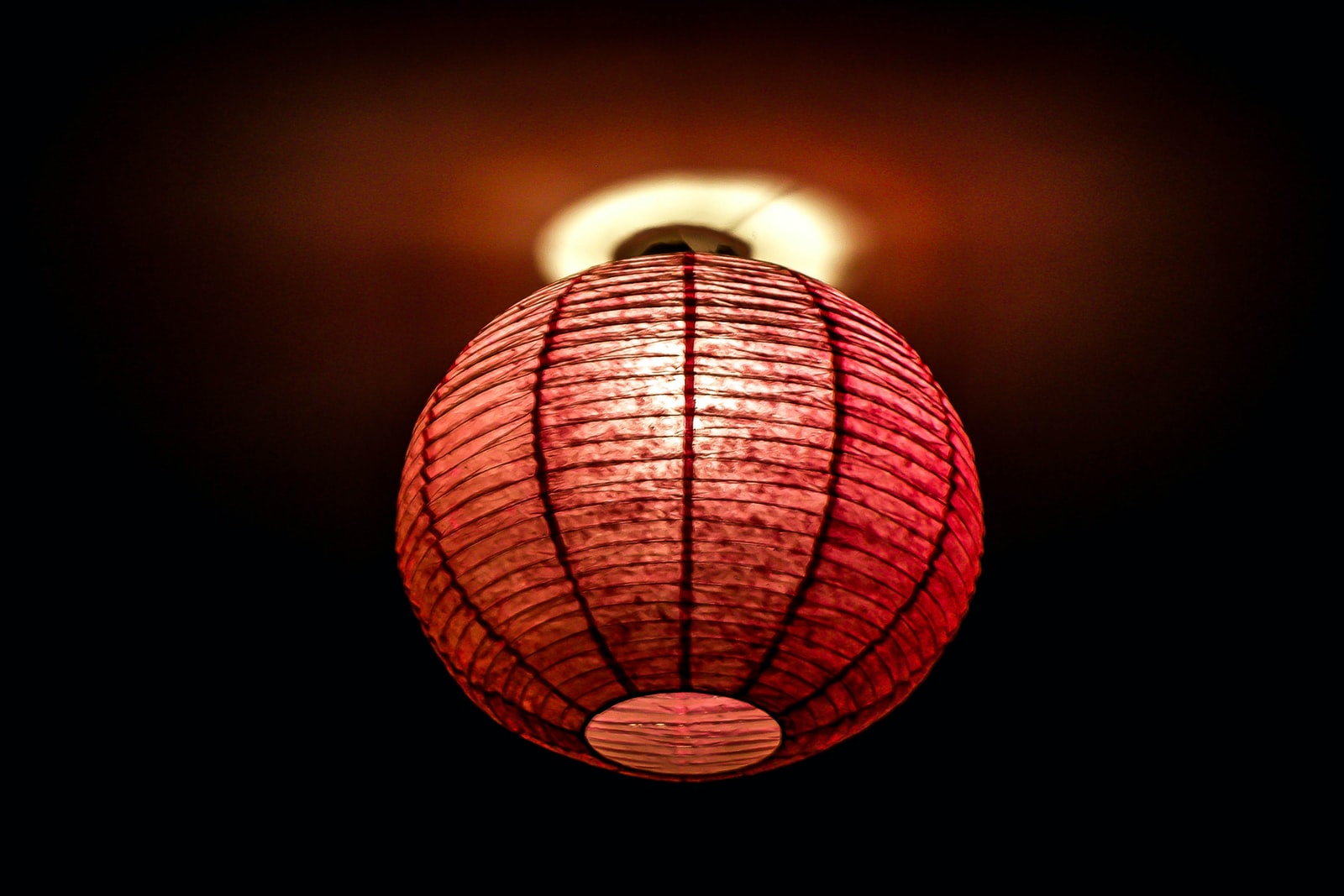Table of Contents
Should You Sleep with LED Lights On?
LED strip lights are a more efficient way of lighting and do not produce as much heat as traditional incandescent light bulbs. LED strip lights can be left on all night without posing a fire hazard. Compared to older light bulbs, LEDs consume less power and are easier on the eyes at night.
There are risks however of sleeping with LED lights on: snoring – restless slumber – grogginess in the morning – interrupted sleep cycle – poor rest quality.
- Should You Sleep with LED Lights On?
- How Does Turned On Lighting Affect Your Sleep?
- Should You Sleep with LED Lights On?
- Is it harmful to sleep with LED lights on?
- 6 Risks of Sleeping With LED Lights On
- Does Color Temperature Affect Your Sleeping Pattern?
- What Color LED Light Is Best For Sleeping?
- What Is An Led Strip Light?
- Can I leave my LED lights on overnight?
- Do LED lights attract bugs at night?
- Can Positive Thinking Help with Falling Asleep with LED Lights On?
- Conclusion: Avoid Sleeping With Lights On
How Does Turned On Lighting Affect Your Sleep?
There’s no doubt that better sleep is important for our overall health and well-being. After all, we spend about one third of our lives asleep! But what many people don’t know is how light exposure can impact our sleep. Lack of quality sleep can lead to depression or anxiety, as well as serious health problems like heart disease or obesity . So if you’re having trouble sleeping, try avoiding bright screens and electronics before bedtime.
Melatonin is a hormone which helps regulate our sleep-wake cycle. It’s produced in response to darkness, and its release signals the body that it’s time to go to bed. However, if we’re exposed to too much light late at night – from things like TVs, laptops, or even just the LED lights on some alarm clocks – it can delay melatonin release and make it more difficult to fall asleep fast.
The more light we are exposed to during the evening, the less restful our sleep becomes. This is because when our brains are constantly stimulated by bright lights, they find it harder to relax and wind down at night.
Should You Sleep with LED Lights On?
There has been some concern about the effects of LED lights on our sleep and melatonin levels. Some people worry that sleeping with LED lights on is harmful, and can disrupt our natural circadian rhythms. If you can only sleep with the light on, you should consider changing your sleep schedule and environment.
However, LED lights are safe for all applications. They do not produce any harmful radiation or ultraviolet (UV) light. In addition, different colors within the spectrum of LED light have different effects. For example, blue light is more harmful to our natural circadian rhythms than other colors like red light.
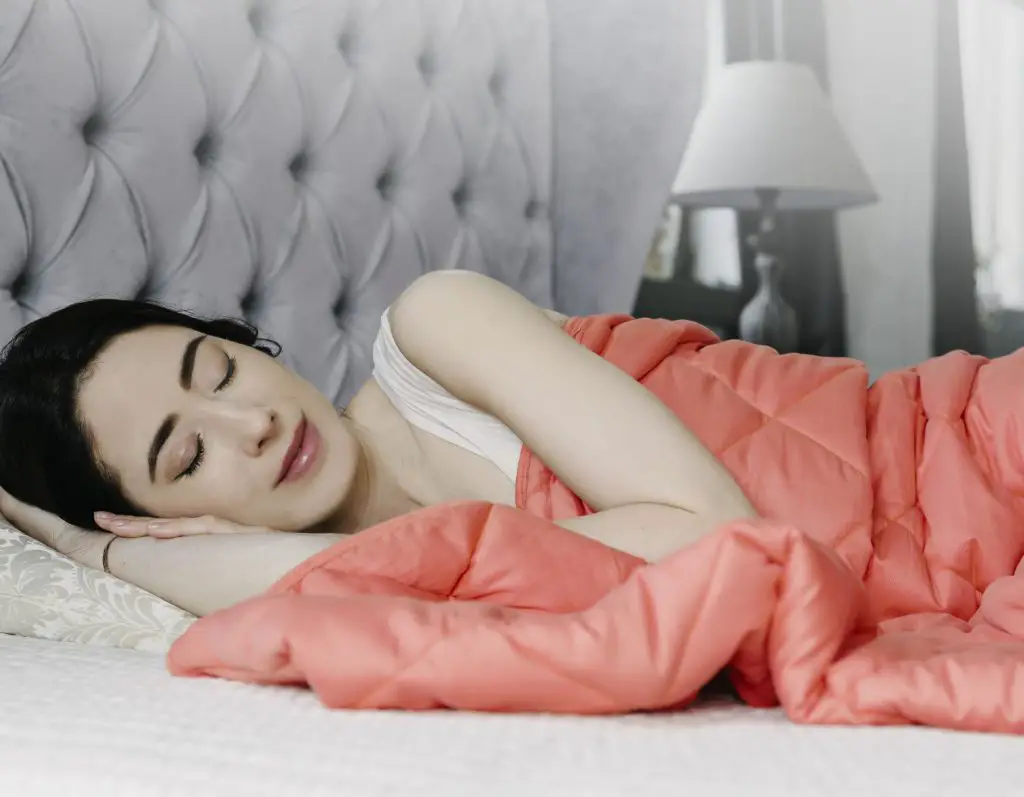
Is it harmful to sleep with LED lights on?
LED lights can emit a blue light which can disrupt our circadian rhythm which makes it difficult to get a good night’s sleep. And since lack of sleep has been linked to health problems like obesity and heart disease, it’s important to keep in mind that not all light is equally bad. Blue light is the most harmful to our natural circadian rhythms, so it’s important to avoid using LEDs with a high level of blue content in the night time.
6 Risks of Sleeping With LED Lights On
Did you know that the amount and quality of light we are exposed to can affect our sleep? In fact, manipulating light exposure is one way we can ourselves regulate how well we sleep.
There are many factors which determine our sleep quality, such as noise levels, temperature, and bedding comfort. However, light exposure is one aspect we have some control over. For example, if you’re looking to get a good night’s rest try decreasing the lights in your environment before bedtime. You might also want to consider investing in a heating pad to help relax your body and encourage sleepiness.
1. Slower Falling asleep – Prolonged Sleep Latency
Sleep latency is a measure of the quality of sleep, and not always possible to recognize insomnia and narcolepsy by symptoms. It’s defined as the amount of time it takes to fall asleep. An extremely short sleep latency like a few minutes means that someone may be sleep deprived or have a sleeping disorder.
LED lights have the potential to keep you awake. In one study, exposure to blue LED light decreased melatonin production for up to two hours after exposure. However, another study found that red LED light had also some effect on melatonin levels. So while the jury is still out on which colors of LED light are more likely to disrupt sleep, it seems safe to say that any kind of LED light can potentially affect sleep latency in some cases.
These studies suggest that LED lights might be a cause of insomnia and poor sleeping patterns in the long term because it presents new environmental stimuli at a time when humans typically aren’t able to initiate their process of sleep.
2. The Effect of Light on Sleep-Wake Cycles – Decreased Melatonin Secretion
The circadian rhythm is a natural, repeating cycle that governs many of our body’s processes. One of the most important aspects of the circadian rhythm is sleep, and disruptions to sleep can have serious consequences. One major cause of disrupted sleep is decreased melatonin secretion, which is most vulnerable to light exposure in the hours before bedtime.
Exposure to LED lights at night can reduce your melatonin production which is vital for regulating sleep. This lack of melatonin could lead to problems with getting and staying asleep. LED lighting can disrupt the sleep/wake cycle, so it’s best to keep the lights off when you’re trying to get some shut-eye.
It’s important to be aware of the effects light has on our bodies so that we can make informed decisions about how best to get the most out of our slumber. When we always wake up feeling exhausted, it’s time to start paying attention to how well (or not) we’re sleeping!
3. Metabolic and Cardiovascular Health Issues
In a study published recently, researchers found that sleeping in a room with moderate light exposure was linked to worse metabolic and cardiovascular health outcomes than sleeping in a dark room.
The group of people who slept in the dimly lit room showed more improvement than the group who slept in the brightly lit room. The authors say this suggests bright lights cause a rise in sympathetic nervous system activity, which can lead to faster heart rates and other problems.
The findings suggest that sleeping with low levels of environmental light may be associated with better cardiometabolic health. These results are important because they underscore the importance of environment on metabolism and cardiovascular function. They also suggest that people should avoid or minimize light exposure during sleep.
4. Relaxation and learning problems – Decreased REM Sleep
People who sleep with LED lights on are at a higher risk of decreased Rapid Eye Movement (REM) sleep. REM sleep is very important for learning and relaxation. It’s characterized by low muscle tone, increased heart rate, irregular breathing and rapid eye movements. Non-REM sleep starts first after falling asleep, transitions between wakefulness and sleep.
5. Alertness at Night – Disturbed Circadian Rhythm
LED lights keep us alert. They are brighter and whiter than traditional light bulbs, and often times emit a blue light that is said to keep us more awake. In fact, exposure to light stimulates an area of the brain called the Supra Chiasmatic Nucleus (SCN) which is located in the hypothalamus. This increases our alertness by affecting the circadian rhythm and decreasing melatonin production- a hormone that helps regulate sleep cycles.
6. Mood Disorders, Depression, Anxiety
Sleeping with the LED light on is a major risk to our mental health. This is because exposure to LED lights in the night causes poor sleep, leading to psychiatric problems. This induces more depression and anxiety, further inhibiting sleep quality, which worsens psychiatric symptoms.
Interestingly, circadian disorders might have something to do with light exposure. In fact, jet lag can be seen as a circadian disorder that arises after long-distance travel across five or more time zones. The body’s internal clock becomes out of sync with the new time zone and can lead to sleep disruptions. That is why important for a pilot to manage it’s jet lag. The jet lag from acclimating to a new time zone can take days or up to two weeks.
The truth is sleeping for 2 hours is better than none but try to sleep as much as you can.
Does Color Temperature Affect Your Sleeping Pattern?
Did you know that the color temperature of light can affect our sleeping pattern? 400 – 800 Nanometers wavelenght is what humans can see, it includes colors from violet to red but it does not include UV light.
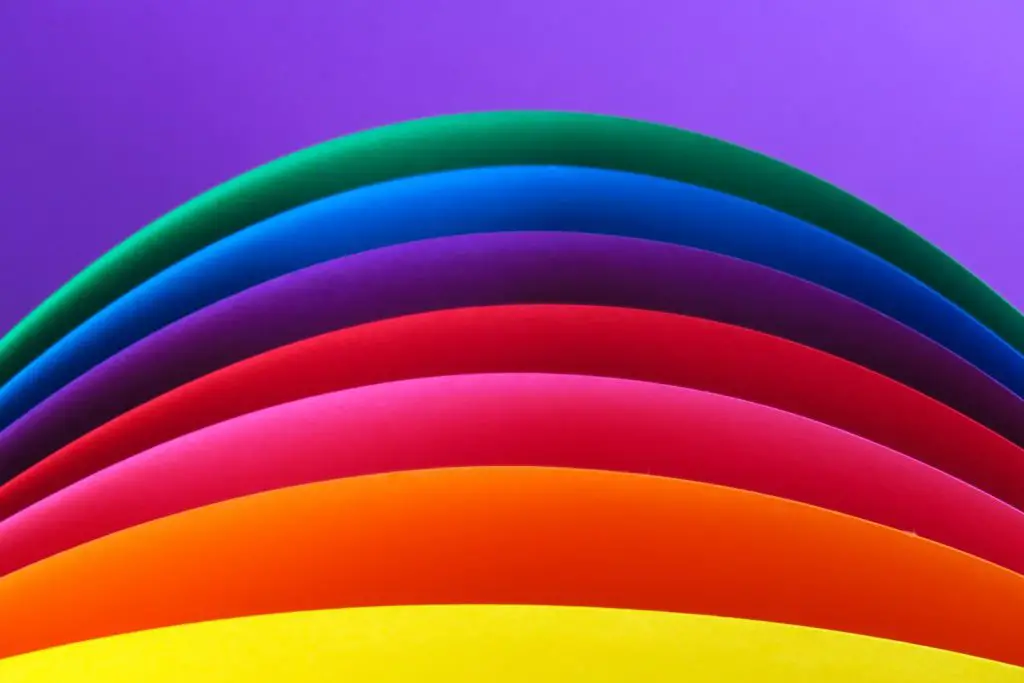
Warm Color Temperature
Warm lights generally feature light in the shades of red, orange, or yellow. These colors are associated with feelings of warmth and comfort. That’s why warm color temperature light makes us think of a warm, peaceful environment – it relaxes us! If you’re having trouble sleeping, try using some red LED strip lights. They emit a very warm light and are perfect for people with insomnia.
Cool Color Temperature
The color temperature of light sources is measured in Kelvin. The colors blue and green are the coolest colors, with a color temperature of 4000K or less. Cooler colors (blue, green) make you more alert and awake than warmer colors (red, orange). A color temperature of 4000K-6000K is ideal for productivity during the day.
Low Color Temperature
There is a lot of discussion about color temperature and how it affects our moods, emotions, and sleeping patterns. Warm colors have lower color temperature ranges, while cool colors have higher color temperatures. In general, warm lights are good for red, orange, or yellow shades with maximum light in those colors; cool colors work best for blue tones with lesser light in those colors.
Red LED strip lighting is often recommended for people with sleep disorders because it has a low color temperature. The lower the Kelvin rating on the scale (from 1,000 to 6500K), the warmer the light appears. This makes it easier for people to relax and fall asleep at night.
What Color LED Light Is Best For Sleeping?
Research has shown that the most relaxing colors are amber, red and orange which are natural for the human body, and is often found in firelight or sunrise. The most sleepy color is amber, especially an orange-sunset red, as it is warm and rich and extremely calming. The color spectrum that humans use affects sleep, with red-orange being closest to nature’s way of putting people to sleep.
Is Green Light or Blue Light Good For Sleeping?
The jury is still out on whether green light is good for sleeping or not. Some studies say that it does not suppress melatonin as much as blue light, but it is still enough to disrupt sleep. Other benefits of using green lights are that they cannot be seen in the dark and they release less exorbitant amounts of energy than other colors.
Is Purple Light Good For Sleep?
There is some debate over whether purple is good for sleep or not. Many people believe that purple is the most detrimental color of night light, followed by blue. This is because these colors can have a negative effect on sleep and circadian rhythms.
Is Red Light Good For Sleep?
Red light has the least effect on sleep and circadian rhythms, which is why it is often recommended as a nighttime light. Although there are different opinions on this subject, it seems that red light should be the go-to color for people looking for a better night’s sleep.
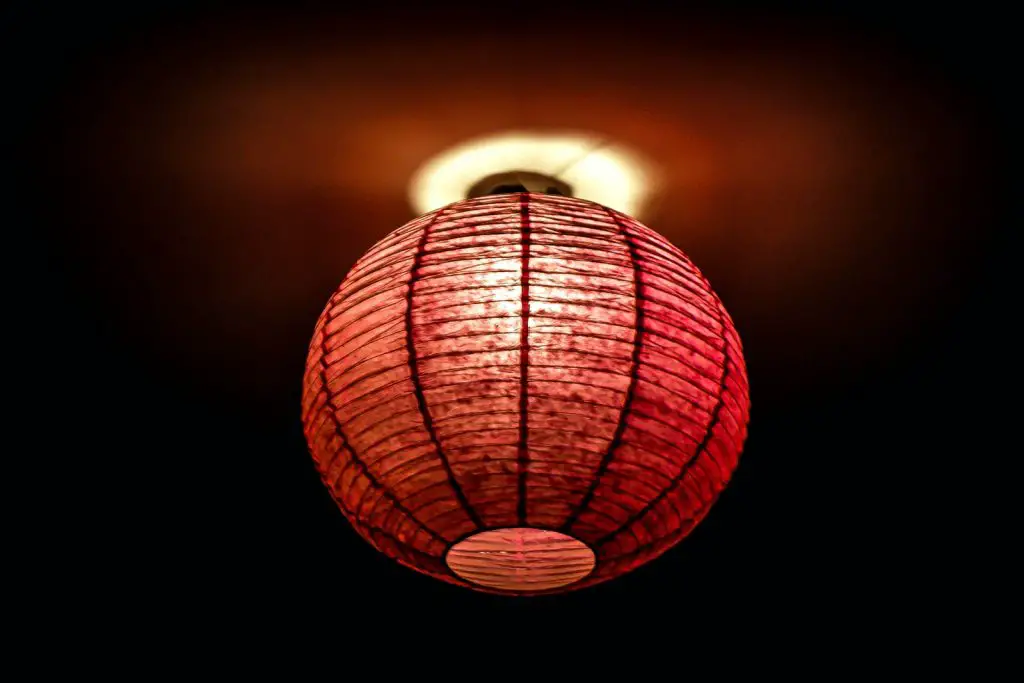
Worst colors to light up a room for sleep
It is commonly known that the use of electronic devices before bed can cause a lack of sleep. This is because the screens emit a blue light which confuses our brain and makes it harder to fall asleep.
Studies have shown that purple, brown and blue lights should be avoided if you want to get a good night’s sleep. These colors can disrupt your body’s natural production of melatonin, which is essential for getting a good night’s rest. In addition, exposure to any kind of light at night can raise blood pressure and create feelings of anxiety or restlessness.
If you are looking for ways to improve your sleep quality, try avoiding bright lights in your bedroom.
What Is An Led Strip Light?
LED strip lights are a growing trend in home and office lighting. They have many benefits over traditional light sources, including low heat emission, bright light, and long life. LED strip lights also use less energy than incandescent bulbs, saving you money in the long run.
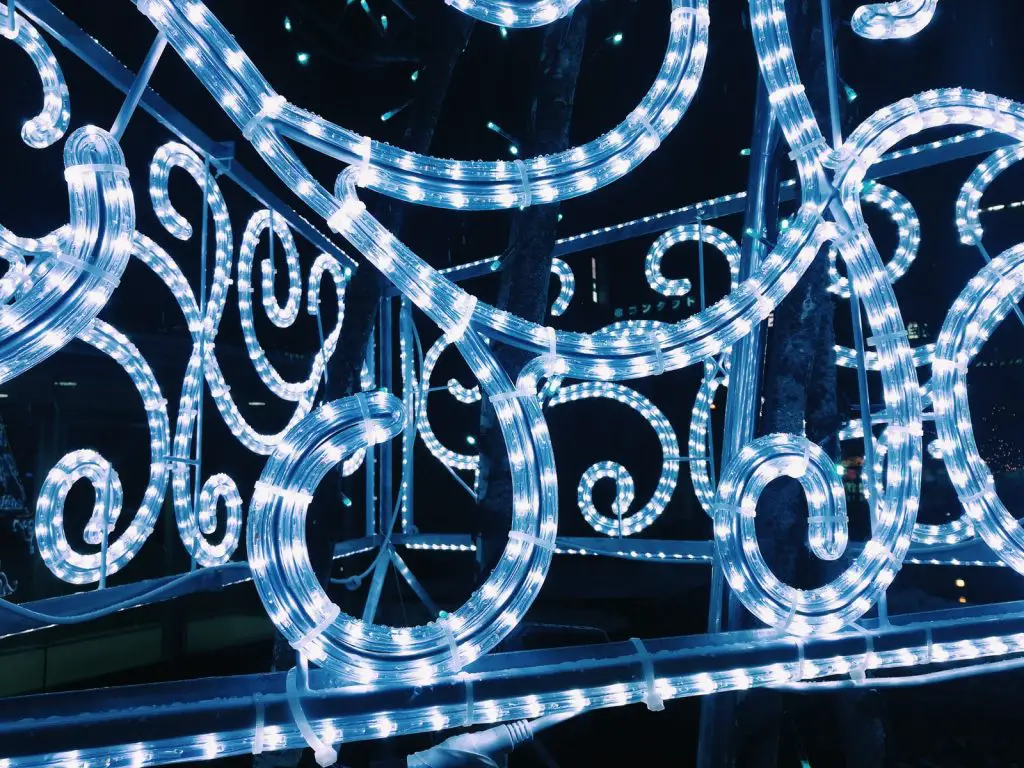
LED strip circuits are a circuit of LED lights with power conditioning units. This allows for greater flexibility in where and how you use your LED strips. You can attach them to almost any surface, and they come in a variety of colors to match your mood or decor.
When choosing LEDs for sleep, it is important to avoid blue light. Blue light has been shown to disrupt sleep patterns and can be harmful to your health over time. Red LED strips promote relaxation and healthy sleep habits, making them the best option for bedroom lighting.
Can I leave my LED lights on overnight?
Red light from LED lights can help you sleep better and fall asleep faster. But also a fire risk is found in the fact that there is a power cable running through the LED strip light. LED strips should be checked for exposed/damaged cables. LED strip lights are full of circuitry which can overheat and cause a fire.
There are benefits to sleeping with the lights on, but they may be outweighed by the risks. Sometimes it is better to make some white noise to sleep better.
Is It Safe To Sleep With Led Strip Lights On?
LED strip lights are becoming increasingly popular because of their low energy consumption and long lifespan. However, there are a few things to keep in mind when using them.
First, LED strip lights should only be used on low voltage circuits. Second, the cord and insulation should be checked for weather stripping and the cord shouldn’t get hot to the touch. Finally, you must know the wattage and intensity of led strip lights before you use them.
LED strip lights are generally safe to use when placed on night stands, dining room tables, etc., but you should be careful with placement and intensity. For example, it’s best not to place them directly over your head while sleeping.
Can led strip lights catch on fire?
It is generally safe to leave LED strip lights on all night. While there is still a fire risk, it is much lower than with other types of light bulbs or when you sleep with a heater on. Smoke alarms help mitigate this risk by alerting people if an emergency situation does occur.
How long can led lights stay on?
LEDs are much more efficient than incandescent light bulbs, and this efficiency also extends to the amount of heat they produce. Less heat means that there is a lower chance of a fire starting. Leaving LED strip lights on all night is a safe option that can save you money on your energy bill.
LED strip light power consumption
There are many benefits to using LED strip lights in your home. One of these benefits is the reduced power consumption when compared to traditional light bulbs. LED strip lights use 85% less electricity than incandescent or fluorescent light bulbs, which means you can leave them on all night without significantly impacting your monthly energy bill.
In addition, LED strip lights are perfect for providing a path in case you need to go to the bathroom or just want your home lit up during the evening hours. They’re also great for parties and other special occasions, as they can create an inviting atmosphere that conventional light bulbs cannot match.
Light bulb exposure to your bedroom would increase your home electricity bill
A night trip to your bedroom should not cost much. Leaving your LED strip lights on all night is a great way to reduce your energy consumption and save money on your monthly energy bill.
Do LED lights attract bugs at night?
LED lights have been popular for a while now, but there are some people who avoid them because they think that the lights attract bugs at night. However, newer LED lights are available that emit warmer tones without attracting bugs. In the past, incandescent lights used also cooler tones which attracted insects.
Can Positive Thinking Help with Falling Asleep with LED Lights On?
Can positive thinking truly assist in falling asleep with LED lights on? Many individuals struggle with sleep due to the presence of artificial light. However, incorporating powerful techniques for falling asleep fast, such as positive affirmations and visualizations, might help create a peaceful mindset and promote better sleep even with LED lights on.
Conclusion: Avoid Sleeping With Lights On
It’s important to avoid sleeping with LED lights on for several reasons. First, the light can disturb your sleep and make it harder to fall asleep and get a good night’s rest. Second, blackout curtains and weighted sleep masks may help you sleep better if you have trouble with LED lights. Third, some research suggests that LED lights can be harmful to your health because they reduce the amount of time you spend asleep each night.
- 7 Grounding Exercises for Better Sleep Tonight - January 17, 2024
- What Are Grounding's Sleep Benefits? - January 17, 2024
- Maximize Sleep Quality With Seasonal Grounding Strategies - January 17, 2024

